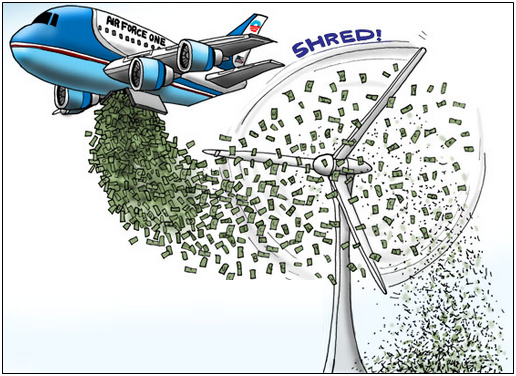The Supreme Court has concluded its 2021 term with another blockbuster ruling, this time in West Virginia v. EPA, that struck down the Environmental Protection Agency’s 2015 Clean Power Plan under the Obama administration that sought to regulate carbon emissions under the Clean Air Act even though the law never contemplated doing so.
In doing so, the Court has restored Congress’ lawmaking power under Article I of the Constitution away from unelected bureaucrats in Washington, D.C. agencies, eviscerating the administrative state.
The ruling struck down the EPA’s attempt “to adopt on its own such a regulatory scheme” in regulating carbon emissions under the Clean Air Act without Congressional authorization: “Capping carbon dioxide emissions at a level that will force a nationwide transition away from the use of coal to generate electricity may be a sensible ‘solution to the crisis of the day.’… But it is not plausible that Congress gave EPA the authority to adopt on its own such a regulatory scheme in Section 111(d). A decision of such magnitude and consequence rests with Congress itself, or an agency acting pursuant to a clear delegation from that representative body.”
It also appeared the case overturned the Court’s 2007 decision, Massachusetts v. EPA, a narrow 5-4 ruling by then-Justice Anthony Kennedy that had opened the door for federal regulation of carbon emissions.
The Kennedy ruling set the stage for the 2009 carbon endangerment finding by the EPA during the Obama administration, and the Clean Power Plan’s rules on new and existing power plants that defined carbon dioxide as a harmful pollutant under the terms of the Clean Air Act.
The goal was to incentivize coal plants to either be retrofitted to be natural gas plants or else be shut down. But, as Roberts ultimately ruled, Congress never authorized the EPA to pursue such a goal, writing, “our precedent counsels skepticism toward EPA’s claim that Section 111 empowers it to devise carbon emissions caps based on a generation shifting approach. To overcome that skepticism, the Government must—under the major questions doctrine—point to ‘clear congressional authorization’ to regulate in that manner.”
But because there was no such Congressional authorization, the regulatory scheme was legally baseless — nothing more than a green house of cards that fell when put under judicial scrutiny of a Court finally composed with a solid constitutionalist majority.
To be sure, the Clean Power Plan gutted the American coal industry, wrecking particularly the economy of the state of West Virginia. In 2007, coal-generated electricity made up 49 percent of the total U.S. grid, while natural gas was just 21 percent, according to the Energy Information Administration. In 2021, natural gas now makes up 38.3 percent of the grid, and coal is down to 21 percent.
In the meantime, we have rising demand for electricity, and yet the U.S. is not producing a single kilowatt hour (kWh) more than it was 15 years ago. Despite the U.S. population growing by 30 million to more than 331 million from 2007 to 2021, overall electricity generation in the U.S. has dropped from 4.005 trillion kWh in 2007 to 3.96 trillion kWh in 2021.
As a result, the Consumer Price Index for electricity has increased by 29 percent since 2007, according to data compiled by the Bureau of Labor Statistics.
We have a self-imposed national electricity shortage, in large part caused by the Supreme Court, and now thankfully, the Supreme Court has finally undone it.
Robert Romano is the Vice President of Public Policy at Americans for Limited Government Foundation.







